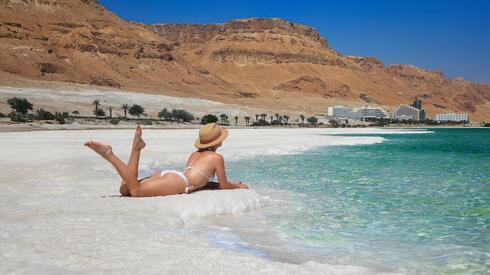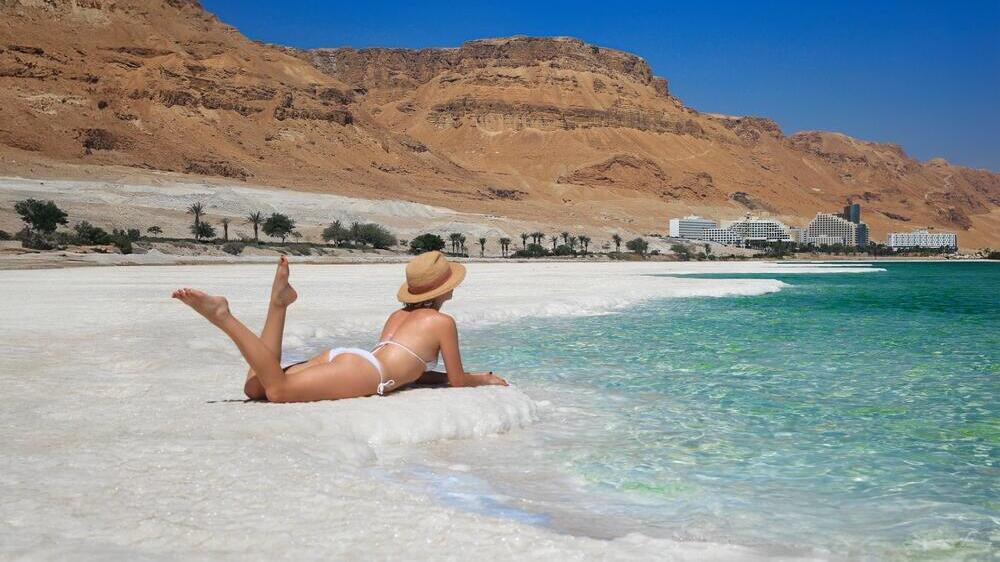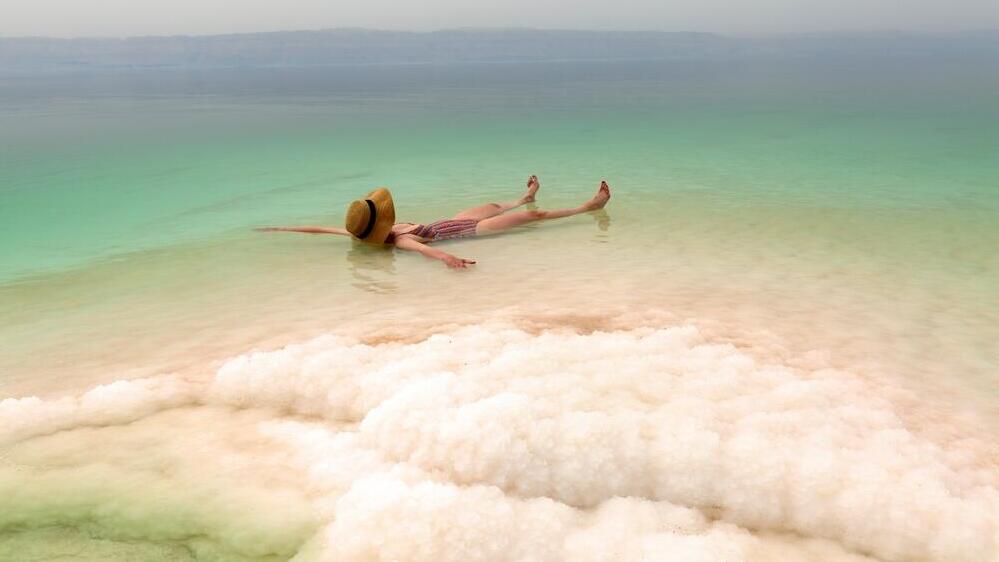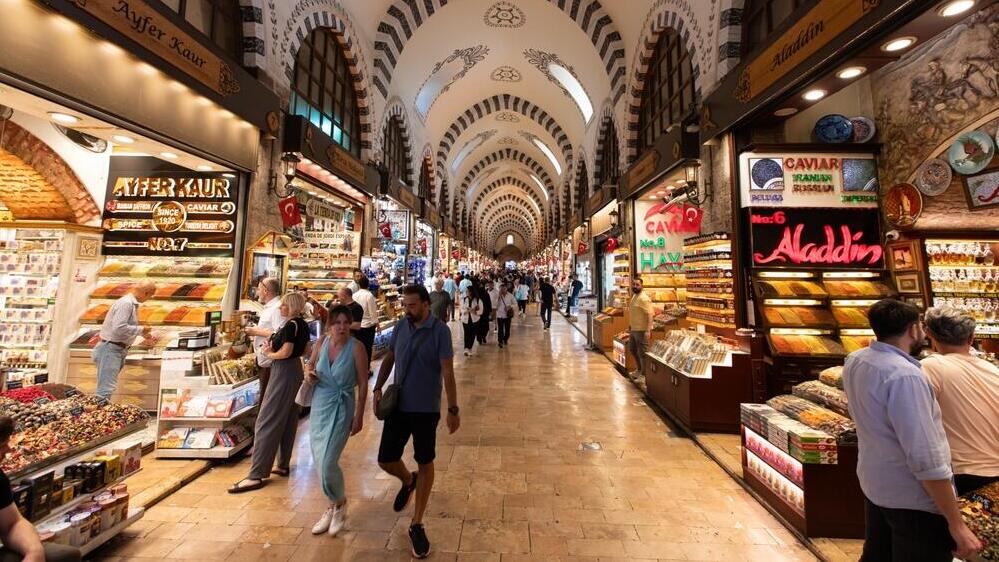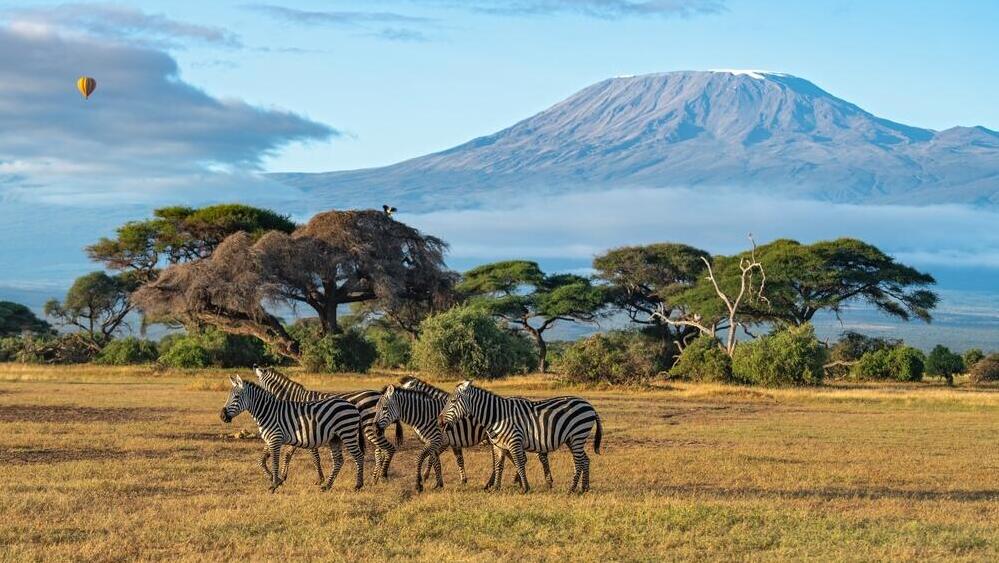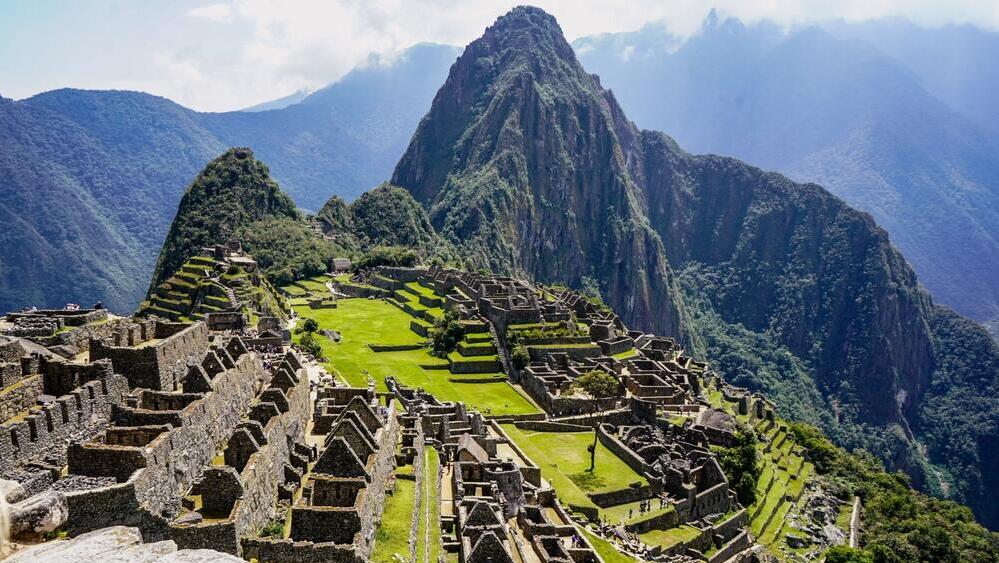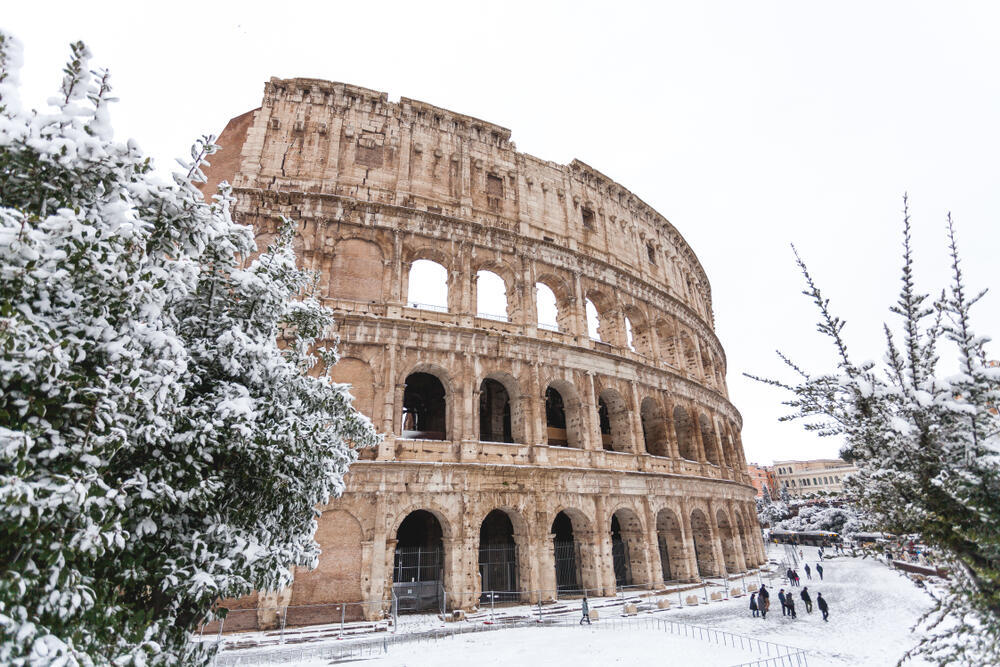A new study examining 101 iconic sites around the world has identified the ten most disappointing attractions, and the Dead Sea — shared by Israel and Jordan — landed in second place despite its natural beauty and global appeal.
Most travelers hear the phrase “oh, it’s so overrated” at least once during a trip. Now, new research outlines which famous attractions no longer meet expectations, sending visitors home feeling let down. Behind the glossy photos and legendary reputations are neglected streets, heavy tourist congestion, high prices and strict limitations. Even long-standing bucket-list staples such as the Hollywood Walk of Fame and the Great Wall of China are being reassessed, and not always favorably.
The study, conducted by the luggage-storage network Stasher and published in the Daily Mail, analyzed 101 of the most iconic global sites and narrowed them to the ten worst-rated based on traveler reviews. To create a score out of 10 for each site, researchers combined Google Reviews, average TikTok likes, distance from the nearest airport, the country’s safety rating and local accommodation quality. Each factor carried equal weight to provide a balanced picture of the visitor experience.
Two elements in the methodology — safety and airport distance — may seem unusual. The safety rating does not assess whether the specific attraction is dangerous. Instead, it reflects the country’s overall safety according to international indexes. A lower national safety score drags down the attraction’s final grade. Airport distance also plays a role, under the assumption that accessibility matters. A site that requires an hour or more of travel from the airport is penalized compared with one located closer.
“These factors shape whether an attraction lives up to decades of hype built on images and movies,” said Stasher founder Jacob Wedderburn-Day. “Crowding and difficult access can make even the most famous places fall short of expectations.”
Los Angeles’ Hollywood Walk of Fame ranked as the world’s most disappointing tourist attraction, earning a score of 2.67 out of 10. Located 38 kilometers from the Los Angeles International Airport, the star-studded sidewalk received the lowest overall rating in the top ten, including the weakest Google score and the lowest safety ranking. What was once a symbol of cinematic glamour now leaves many visitors underwhelmed because of heavy foot traffic, a lack of things to do beyond looking at the stars and the worn condition of the surrounding streets.
The Dead Sea placed second with a score of 3.51 out of 10. The world’s deepest hypersaline lake, bordering Jordan, the West Bank and Israel, received a low safety score of 3.10 because of regional tensions. It’s solid 4.4 Google rating and the surreal floating experience draws travelers from around the world, but accessibility challenges — including a 66-kilometer distance from the nearest airport — reduce its final score. Visitors also report infrastructure problems, high prices and environmental concerns.
For decades, Israel, along with its neighbors, contributed significantly to the Dead Sea’s decline. Dams, reservoirs and the National Water Carrier diverted most of the Jordan River’s flow, leaving the sea with only a fraction of its historic water supply. Over about 50 years, its water level has dropped an estimated 40 to 45 meters and continues to fall nearly a meter each year.
The result is widespread sinkholes, disappearing beaches and failing infrastructure. Aggressive mineral extraction in evaporation ponds on both sides of the border accounts for as much as a quarter of the shrinkage. Together, these pressures have turned one of the region’s great natural wonders into a case study in short-sighted water management.
Istanbul’s Grand Bazaar, long beloved by Israeli travelers, ranks as the third most disappointing attraction with a score of 3.86. Despite its historical and cultural significance, the centuries-old market draws mixed Google Reviews, with complaints about heavy crowds, pushy vendors and inflated prices. What should feel like a vibrant window into Turkish tradition often becomes, for many visitors, a stressful and overwhelming shopping experience.
The Great Wall received a surprisingly low overall score of 4.43 and a safety score of 2.09. Visitors cite overcrowding and commercialization, in addition to its distance of 61.7 kilometers from the nearest airport. Local accommodations around the wall, however, scored a strong 9.3, but even high-quality lodging cannot compensate for the challenges that diminish the overall experience.
Hong Kong’s famed Victoria Harbour earned a score of 4.68, weighed down by a low safety score of 2.09 and its 38.9-kilometer distance from the airport. Despite its world-famous skyline and nightly light shows, frequent complaints include pollution, high prices, and underwhelming services. Accommodation quality in the area ranked the lowest in the top ten at 6.7.
Tasmania’s Museum of Old and New Art received a score of 4.80 and one of the lowest safety scores in the ranking, 1.51. Although the museum is closest to an airport at 25.1 kilometers and is widely regarded as provocative and architecturally striking, its 4.3 Google rating and mixed visitor feedback suggest that high prices and niche appeal limit its broader tourism potential.
Stonehenge ranked seventh with a score of 4.85 and a safety score of 1.63. One of the world’s most recognizable prehistoric monuments, it faces criticism for restricted access to the stone circle and expensive entry fees. With an average of only 3,440 likes on TikTok, the site appears to struggle to captivate modern visitors as strongly as its mythic reputation suggests.
Disneyland Paris received a 4.90 score and a safety ranking of 1.97. While it maintains a steady 4.5 Google rating, visitors frequently complain about heavy crowds, long lines and steep prices. What was once marketed as the happiest place on Earth is often described today as an exhausting rather than magical bucket-list stop.
Mount Kilimanjaro, Africa’s highest peak, ranked ninth with a score of 4.98. Despite a 4.5 Google rating, its remote location, 43 kilometers from the nearest airport, and a safety score of 1.97 reflect both the physical risks of climbing and limited local infrastructure. It remains a dream destination, but one better suited to experienced adventurers than casual tourists.
Machu Picchu rounds out the list with a score of 5.00, the highest among the ten lowest-rated attractions. It maintains a strong 4.8 Google rating and remains a once-in-a-lifetime destination for many travelers. Its remote location, 109 kilometers from the nearest airport, coupled with a 2.07 safety score, contributes to its challenges. Heavy crowding, strict entry limits and the impact of mass tourism have all reduced visitor satisfaction, even as the site’s cultural significance remains undeniable.
The study also offers practical advice. Travelers should not rely solely on social media, as attractions that look perfect on TikTok may be crowded, costly or unsafe in person. It is important to read recent reviews, factor in the real costs of remote destinations and check official travel advisories in the month before departure, because conditions can change quickly.
The research also identifies the best attractions worldwide. Barcelona’s Sagrada Família, Rome’s Colosseum and Paris’ Eiffel Tower top the global list. Regional standouts include Sagrada Família in Europe (8.19 out of 10), Walt Disney World in Orlando in North America (7.72), Tokyo Disneyland in Asia (7.01), Milford Sound in New Zealand in Oceania (7.77), the Pyramids of Giza in Egypt in Africa (7.56) and Christ the Redeemer in Rio de Janeiro in South America (7.45).



